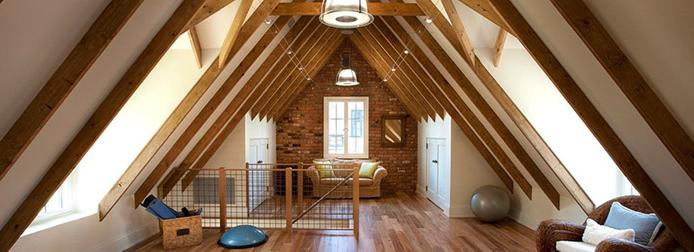Silicate industry - and the house, and the roof, and utensils
Like mushrooms after rain in many cities around the worldbegan to grow grandiose skyscrapers, representing a bright design solutions, in which organically combined concrete and glass. It is the building materials, so in demand at present, that produces the silicate industry. These include brick and blocks. In addition to them, this branch of the national economy produces glass and ceramic products.

The silicate industry is an activitywhich are treated with silicon-containing compounds (mainly sand and clay). At the same time, their manufacture is based on the use of silicate mixtures, polysilicate alloys and aluminosilicates. It is this industry is the main in the production of household items and utensils in particular. Since ancient times, it was the ceramic utensils that were the basis for the comfort of the house. This trend continues today. At the same time, pottery was widely spread not only from clay, but also from porcelain, which is considered the most noble kind of ceramics.
In addition to the production of ceramic tablewareand decorations for the interior, the silicate industry makes tiles, tiles, drainage pipes, using clay compounds with various mineral substances. Connections with soda, magnesium, calcium, and aluminum are common.

In this case, depending on the properties and quality characteristics, all ceramic products can be divided into three types:
- refractory ceramics - a material whose use involves contact with high temperatures (bricks and blocks for stoves, fireplaces);
- ceramics that do not change their quality and properties under the influence of chemical reagents;
- fine ceramics, which includes dishes and household items made of earthenware and porcelain.
Another very popular material thatproduces just the silicate industry - glass. The main element for the production of raw materials is quartz sand. Depending on the desired result, various mixtures are added to it: soda, limestone, potash, lead oxide, chromium oxide, cobalt oxide, copper oxide, manganese compounds, etc. Currently, there is a huge number of different types of this material.

The silicate industry produces the following types of glass:
- fiberglass - used in aircraft building and automotive industry;
- crystal glass - used to make a variety of lenses, as well as decorative dishes, chandeliers;
- fiberglass - a mixture of fiberglass and plastic (this material has become widespread in the shipbuilding, aviation and automotive industries);
- colored glass - is the main raw material for the production of colored dishes, stained-glass windows, etc .;
- chemical glass - characterized by a high level of refractoriness, which is a priority characteristic for the chemical industry;
- ordinary glass - is a material for the manufacture of window panes, cans, bottles, glasses, etc .;
- Quartz - the cleanest glass, which does not contain any foreign impurities (this type is used in laboratories, mercury lamps).
The silicate industry is a branch of the national economy, its weight in the development of all other industries is very great.
</ p>




